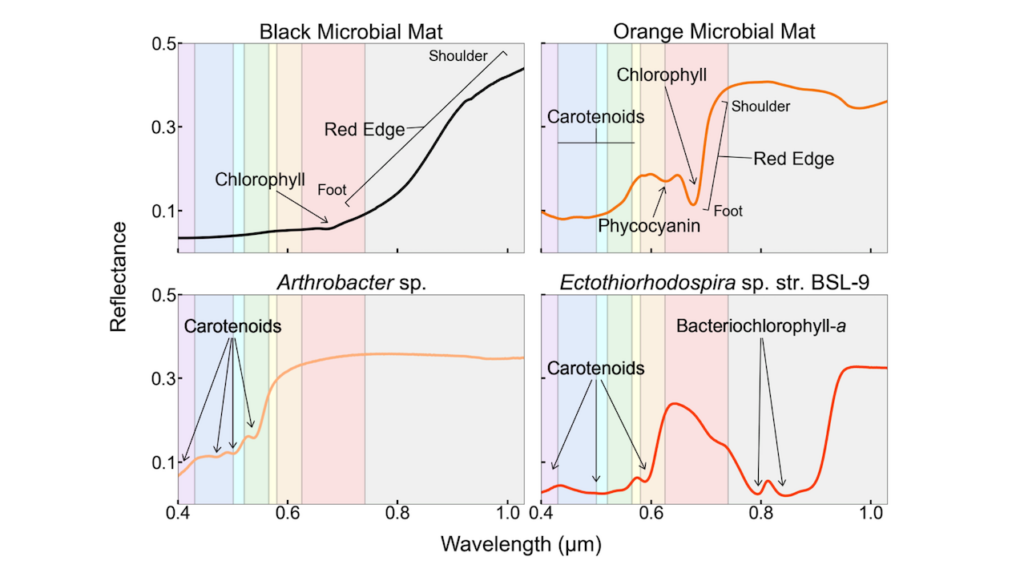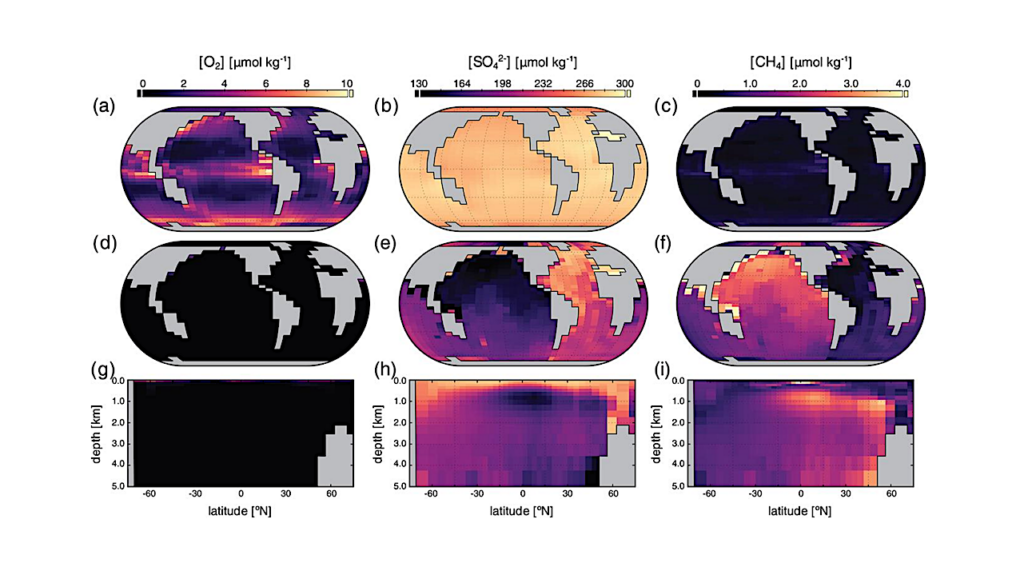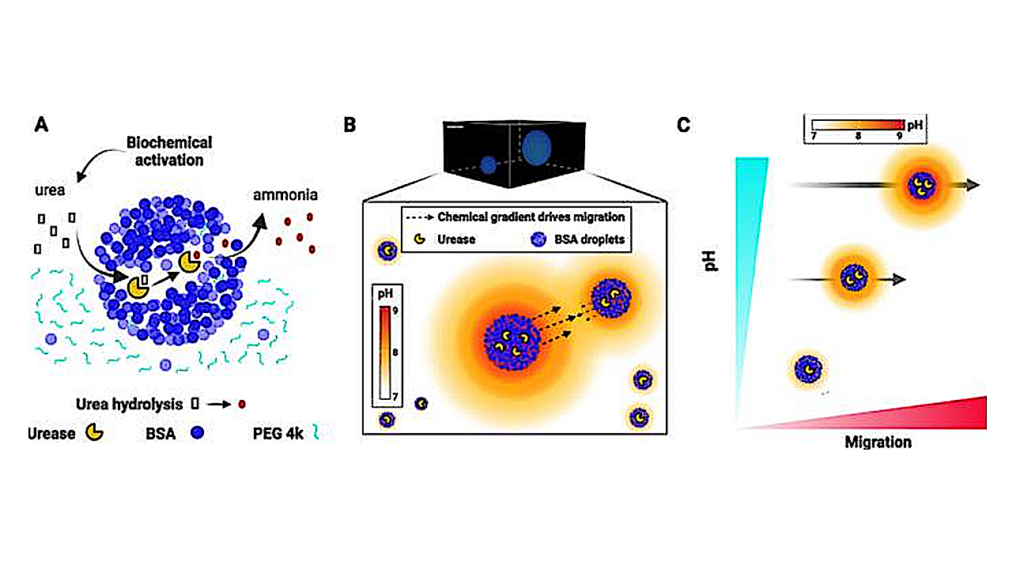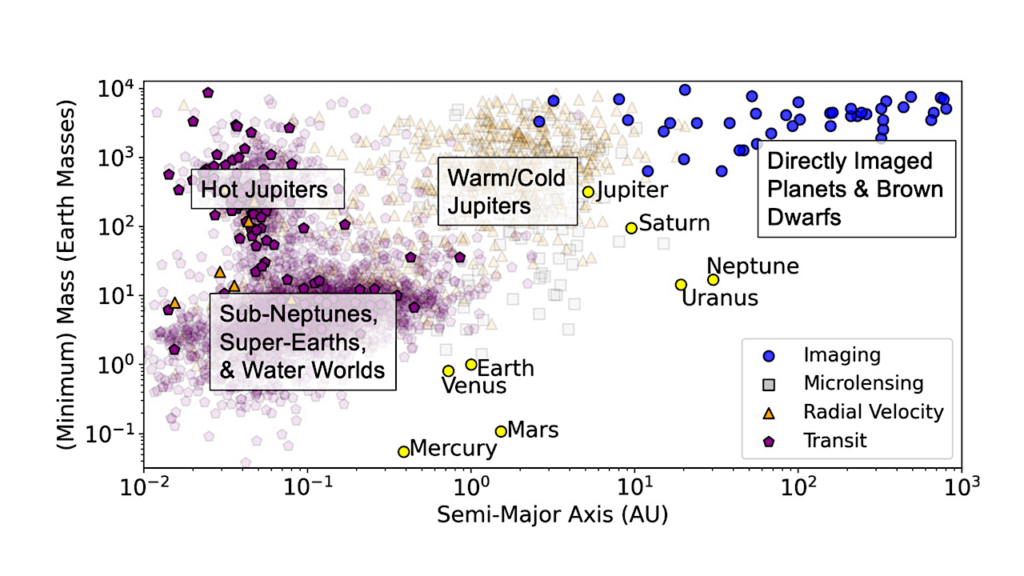Prospects For Water Vapor Detection In The Atmospheres Of Temperate And Arid Rocky Exoplanets Around M-dwarf Stars

Detection of water vapor in the atmosphere of temperate rocky exoplanets would be a major milestone on the path towards characterization of exoplanet habitability.
Past modeling work has shown that cloud formation may prevent the detection of water vapor on Earth-like planets with surface oceans using the James Webb Space Telescope (JWST). Here we analyze the potential for atmospheric detection of H2O on a different class of targets: arid planets. Using transit spectrum simulations, we show that atmospheric H2O may be easier to be detected on arid planets with cold-trapped ice deposits on the surface, because such planets will not possess thick H2O cloud decks that limit the transit depth of spectral features.
However, additional factors such as band overlap with CO2 and other gases, extinction by mineral dust, overlap of stellar and planetary H2O lines, and the ultimate noise floor obtainable by JWST still pose important challenges. For this reason, combination of space- and ground-based spectroscopic observations will be essential for reliable detection of H2O on rocky exoplanets in the future.
Feng Ding, Robin D. Wordsworth
Comments: 14 pages, 4 figures, accepted for publication in ApJL
Subjects: Earth and Planetary Astrophysics (astro-ph.EP)
Cite as: arXiv:2201.08423 [astro-ph.EP] (or arXiv:2201.08423v1 [astro-ph.EP] for this version)
Submission history
From: Feng Ding
[v1] Thu, 20 Jan 2022 19:41:36 UTC (543 KB)
https://arxiv.org/abs/2201.08423
Astrobiology








